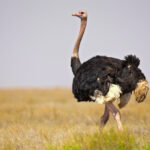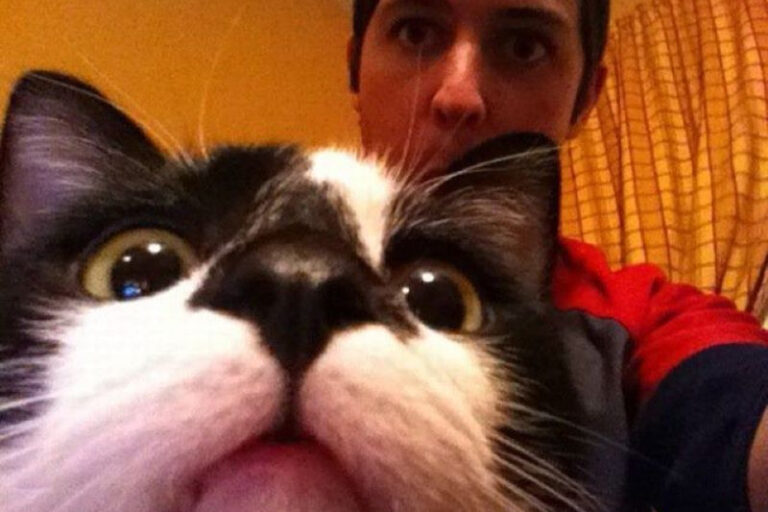
The Myth About Ostriches You Need Stop Believing
The ostrich is an odd bird. Some specimens can approach 10 feet in height. They can be dangerous; should you be on the business end of the bird’s anger, the critter could very well kill you with a blow to the abdomen, according to the National Institutes of Health. And though they certainly aren’t the only flightless birds, such avians are certainly an outlier compared to their winged counterparts.
Regardless, the animals are prized for their feathers, according to Fashionista, and lately, farming the birds for their meat has become a thing, according to a 2016 report by The Chicago Tribune.
Ostriches also occupy a place in popular mythology. You may have heard about someone who steadfastly refuses to admit that they’re in peril described as “sticking their head in the sand.” And that turn of phrase came from the ostrich who, as popular myth holds, will hide its head in the sand when in danger, a belief that McGill University says originated in ancient Rome. However, that is absolutely not true, and possibly came from a misunderstanding of the birds’ ordinary behavior.
Ostriches don't bury their heads in the ground when in danger
Ostriches do not stick their heads in the ground when they’re in danger, according to the San Diego Zoo. Instead, it will do like all other creatures do and either try to get away or fight back, and when neither option works, it will try to employ a bit of crude camouflage. Specifically, it will flop to the ground and lay its head and neck on the ground. Since this part of the bird is of a lighter color than the rest, it may seem to the observer that the head is not there at all — or, as some have wrongfully concluded, that it buried its head in the ground.
On some occasions ostriches do place their heads in the ground, according to McGill University. But it has nothing to do with a flawed attempt at avoiding danger. Rather, it’s a simple nesting behavior. Ostriches don’t build nests in trees or other places above the ground, but under the ground. Sometimes they’ll check on their eggs or turn them, which does, in fact, require the bird to stick its head into the ground. This behavior may have led to the belief that the birds comically try to avoid danger by burying their head in the sand.

Why Hitler Cried When He Met Benito Mussolini

The C.S. Lewis And J.R.R. Tolkien Relationship Explained

How Dubai Is Using Drones To Make It Rain

Sergei Krikalev: The Truth About The Cosmonaut Left Behind In Space

How Many Victims Were There In The Tulsa Race Massacre?

Did Julius Caesar Really Burn The Library Of Alexandria?

People Ironically Connected To Famous Companies

The Sad Truth Of Wrestler Marty Jannetty

What Really Happened To Pharma Bro, Martin Shkreli?

Why The Kinks' Ray And Dave Davies Can't Stand Each Other
























